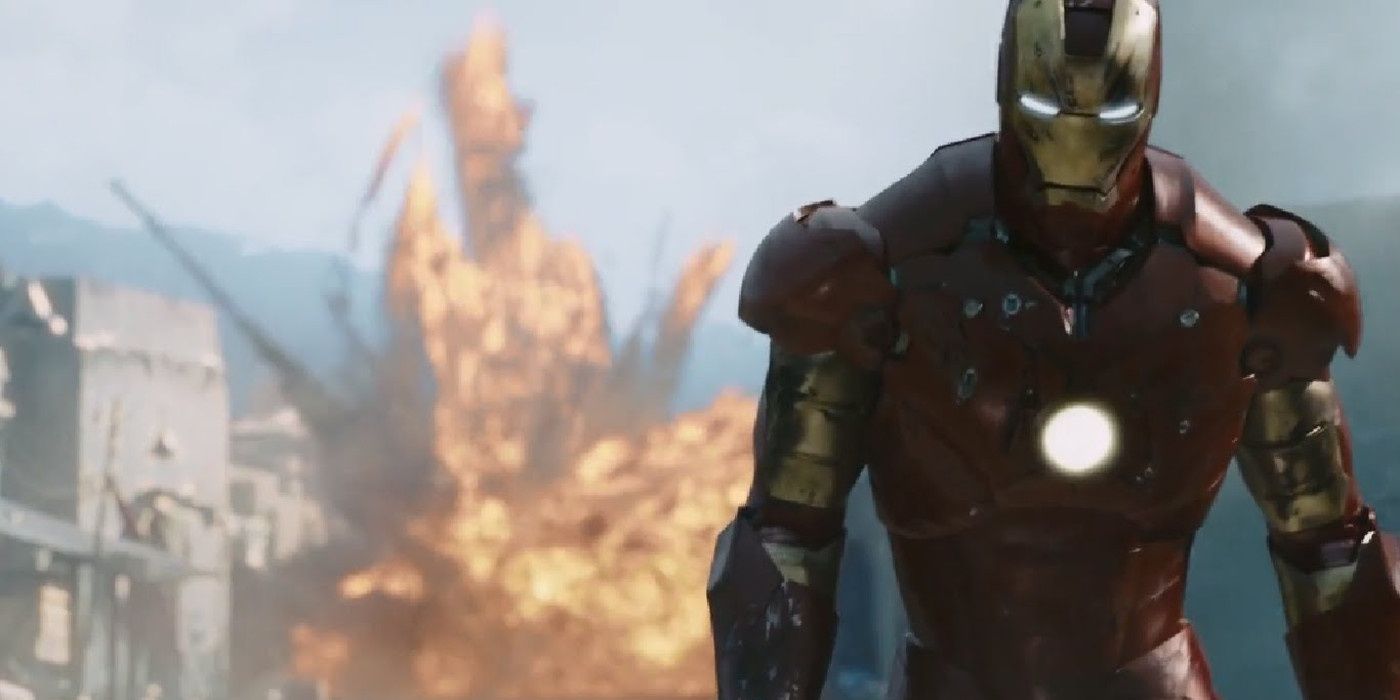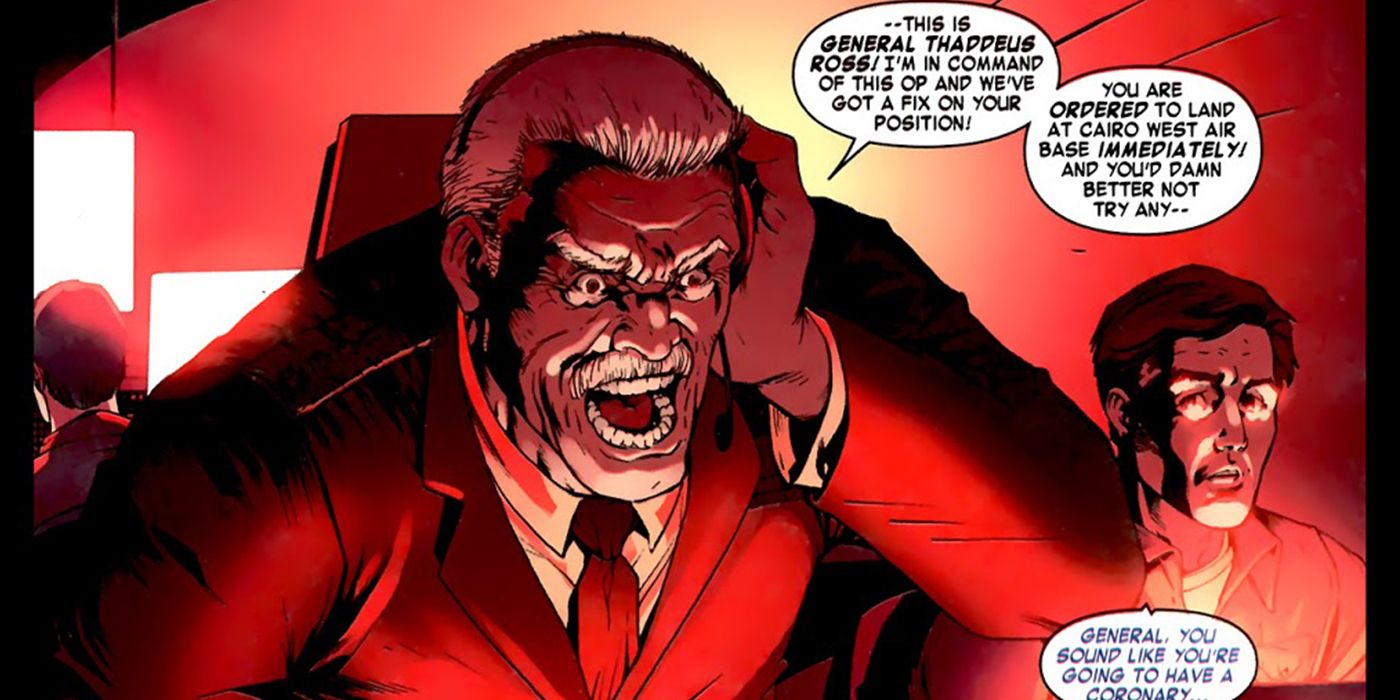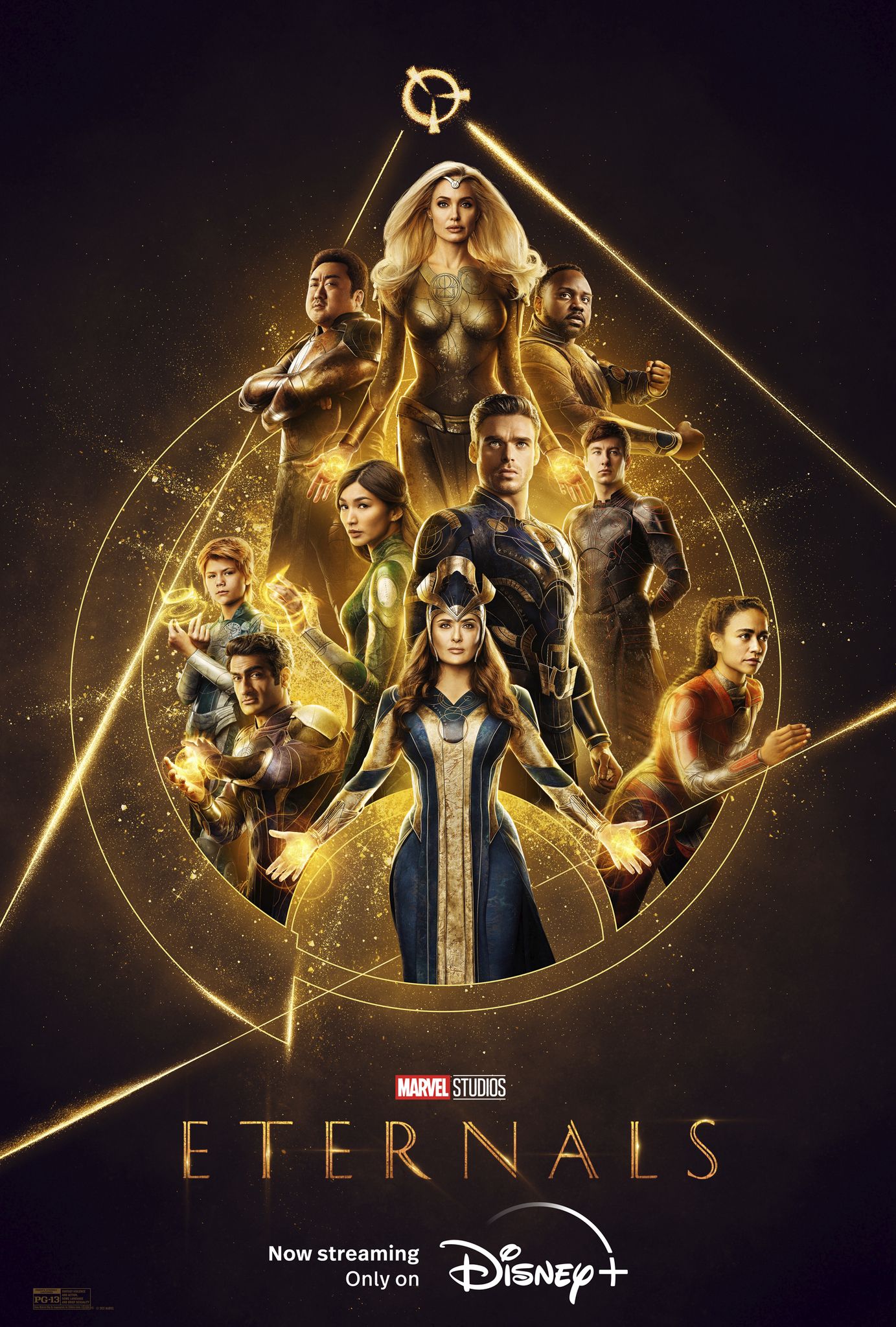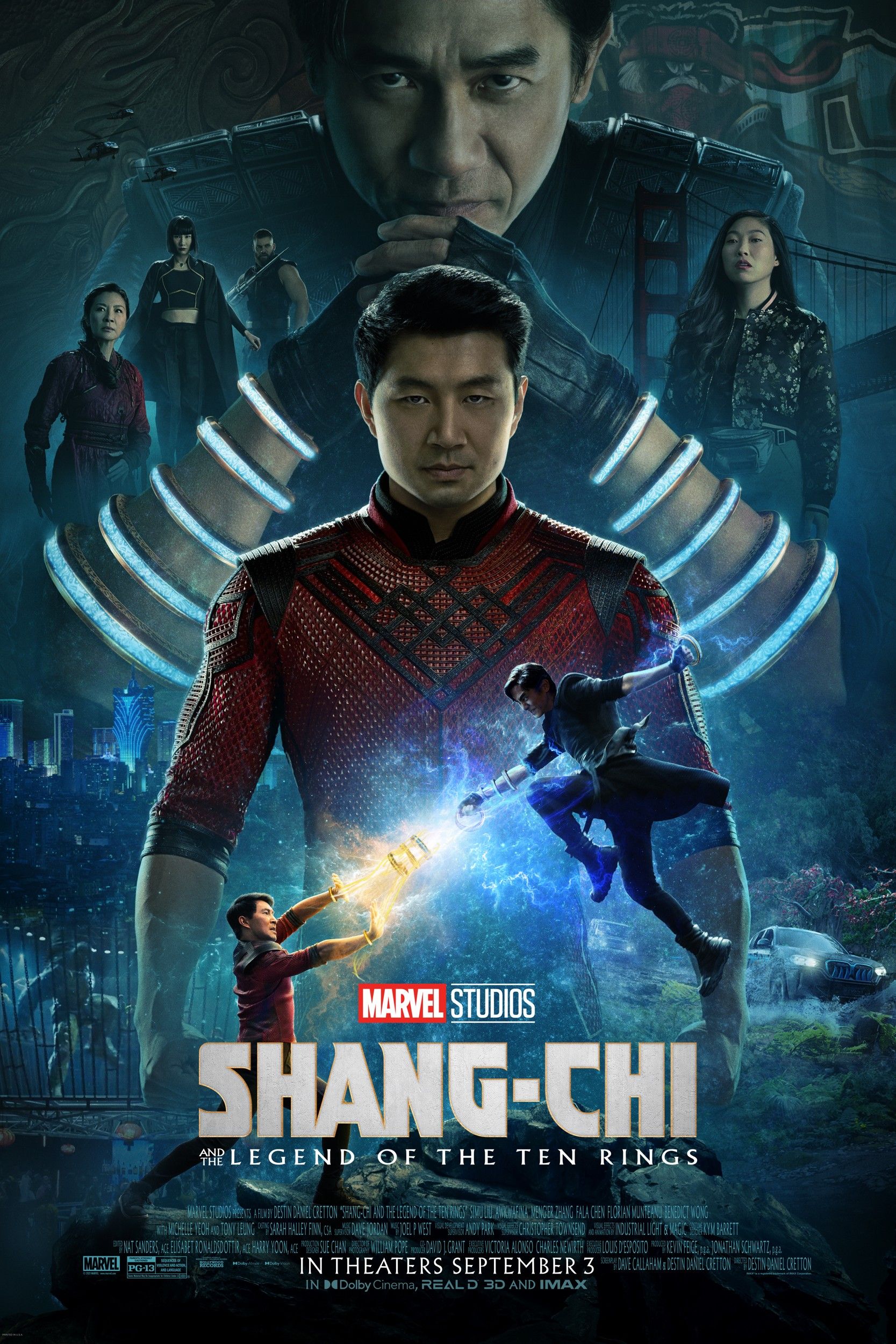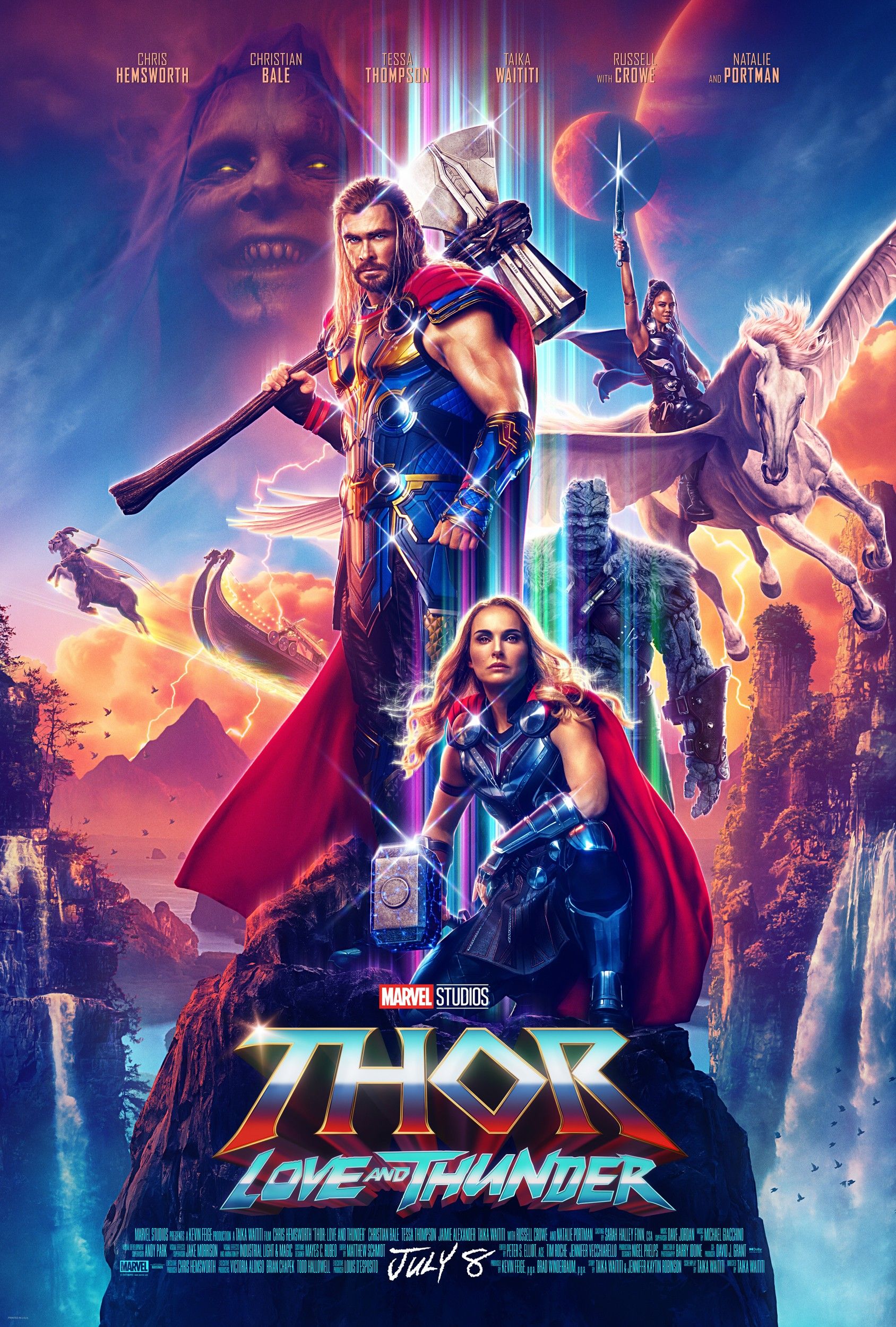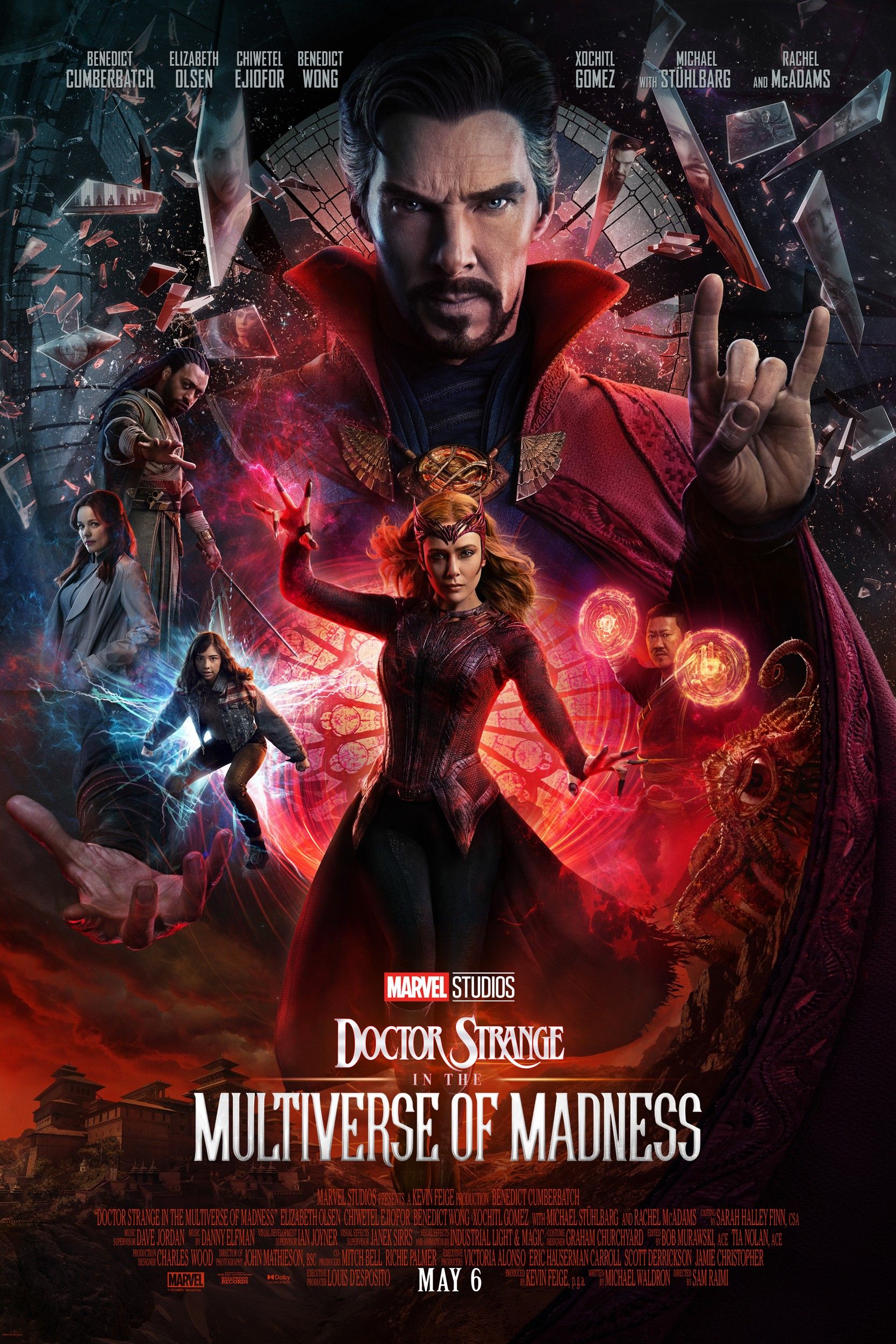Iron Man's policy on killing is a little more complicated than most fans of the MCU realize - as is revealed in tie-in comics published alongside the theatrical release of Iron Man 2. Superhero fans are divided over whether their heroes should kill or not. Every now and again the debate flares to life again, with Batman V Superman: Dawn of Justice serving as one of the most dramatic examples. Director Zack Snyder still considers fans who objected to Batman's killing random street thugs to be naive.
And yet, here's the curious thing; DC films may have been plagued with this issue of morality, but the MCU appears to have avoided it completely. The Avengers in particular have a surprisingly high kill count, even discounting the armies of aliens they cut down during Thanos' three invasions of Earth. Tony Stark, the man who considers himself a former weapons developer, has personally deployed lethal force on countless occasions. Still, tie-in comics published alongside Iron Man 2 reveal the armored Avenger's policy on killing is a little more complex than most viewers would recognize.
The Iron Man 2: Public Identity miniseries sees General Thaddeus "Thunderbolt" Ross - of Incredible Hulk fame - deploy a one-man experimental fighter in the Congo, one he hoped would be the US military's answer to the Iron Man armor. Naturally, it all went horribly wrong, and the fighter was shot down; Iron Man himself was called in to rescue the pilot. But while he was flying out there, Tony Stark realized he was being manipulated. The US military wanted the terrorists in that region to be killed, and consequently, they'd given him orders to take out any hostiles during the rescue mission. This rankled with Tony, who correctly deduced someone from the military was close at hand monitoring his performance. And so, when Tony Stark arrived in the Congo, he refused to deploy lethal force. Instead, he neutralized hostiles by knocking them off their feet, before swooping off with the rescued airman. Needless to say, Thunderbolt Ross was far from happy.
It's a fascinating scene, and it suggests Tony Stark's attitude towards killing is actually quite complex. He has no qualms about killing, but he doesn't consider himself a soldier, and consequently, he will not kill in orders. Ross was furious, insisting any American who's fired upon shoots back, but Tony wouldn't play ball.
The interesting question is whether Iron Man maintained this attitude after the passing of the Sokovia Accords, when the Avengers became subject to United Nations oversight - and, ironically, under the command of Thunderbolt Ross. We haven't seen any real accounts of Tony Stark's activities between Captain America: Civil War and Avengers: Infinity War, so it's quite possible he was sent on a few missions. And, under the terms of the Sokovia Accords, Iron Man's expected to obey orders.

